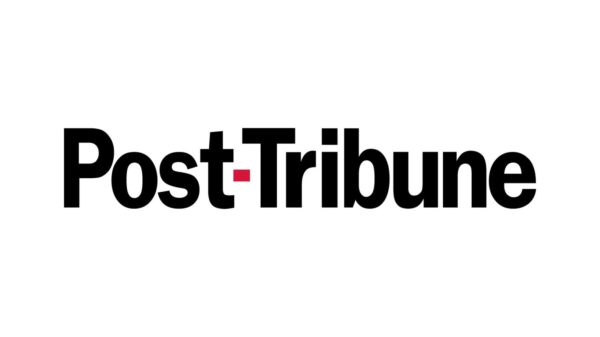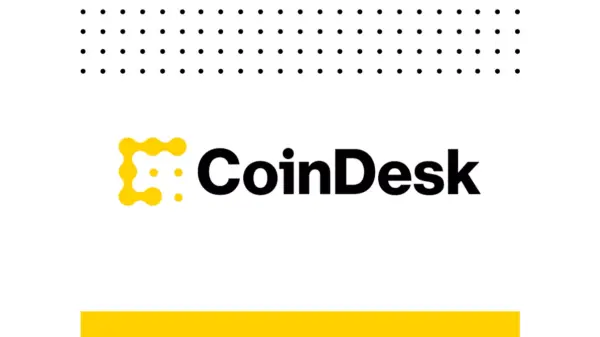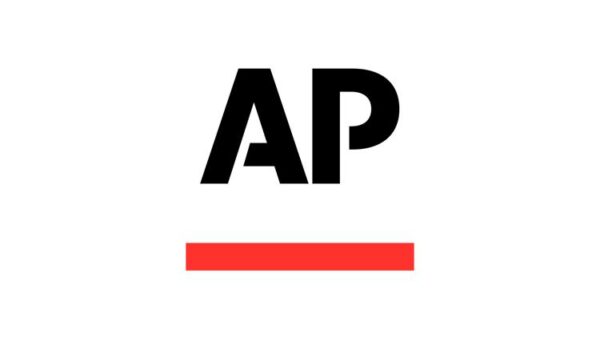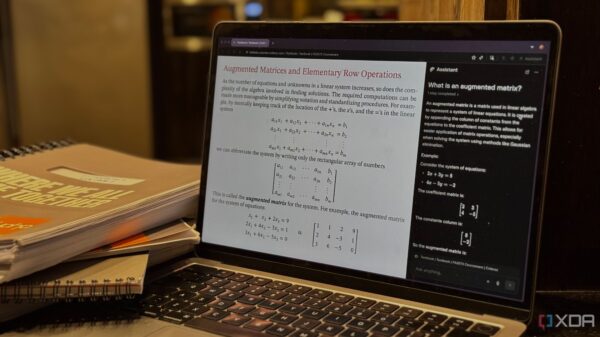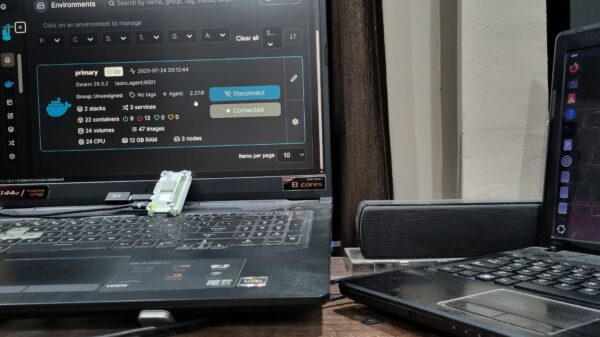Trovata, a cash and liquidity management platform, has announced its acquisition of the treasury management system (TMS) provider ATOM. This strategic move, revealed in a press release on July 24, 2023, positions Trovata as what it claims to be the “first modern, viable TMS alternative to legacy incumbents.”
According to Brett Turner, founder and CEO of Trovata, this acquisition represents a significant shift in treasury technology. “There hasn’t been a new TMS built in nearly three decades,” he noted. “We pioneered corporate banking APIs and the only true cloud-native treasury platform in the market with meaningful scale. Now, with ATOM, we have the firepower to compete directly with the legacy incumbents—and replace them. This isn’t just expansion. It’s a generational shift in treasury tech.”
The ATOM system, developed by Financial Sciences Corporation, includes a comprehensive suite of features such as support for debt and investment instruments, intercompany transactions, a full domestic and international payment workflow, bank fee analysis, and bank account management. These capabilities will soon be integrated into Trovata’s existing platform, enhancing its overall service offering.
Adding to the announcement, Trovata disclosed a $9 million extension to its Series B funding round, which now totals $80 million. This funding comes from a range of notable investors, including J.P. Morgan Chase, Wells Fargo, Capital One Ventures, and Mastercard.
The acquisition aligns with broader trends in treasury management, as highlighted in a recent report by PYMNTS, which emphasized the evolution of the cash conversion cycle (CCC). Traditionally viewed as a compliance-focused function, corporate treasury is transforming into a strategic command center equipped with real-time data, machine learning models, and API-enabled platforms. This transformation allows treasury professionals to manage liquidity with greater efficiency.
Forward-thinking organizations are now leveraging shortened cash cycles to free up capital for growth opportunities, according to PYMNTS. Enhanced liquidity can lead to faster reinvestment, reduced reliance on external financing, and increased agility in seizing new opportunities.
Nevertheless, the report also pointed out that adopting modern solutions often necessitates a shift in change management practices within organizations. The historical perception of enterprise resource planning (ERP) as the centerpiece of the CFO’s office is evolving. Many large companies, especially those that have pursued aggressive acquisition strategies, face challenges in centralizing financial data due to the presence of multiple ERP systems.
Matt Carey, senior vice president at the office of the CFO at FIS, remarked, “People used to think the ERP was the center of the CFO’s office. But the reality is, many large companies that have gone on acquisition sprees have multiple ERP systems, making it difficult to centralize financial data.”
The renaissance of the cash conversion cycle signifies a potential reconfiguration of business priorities in a data-driven environment. PYMNTS concluded, “In a world awash in data and drowning in risk, cash isn’t just king, it’s the compass.”
As Trovata integrates ATOM into its offerings, it aims to redefine the landscape of treasury management, positioning itself as a formidable competitor to established players in the industry.




